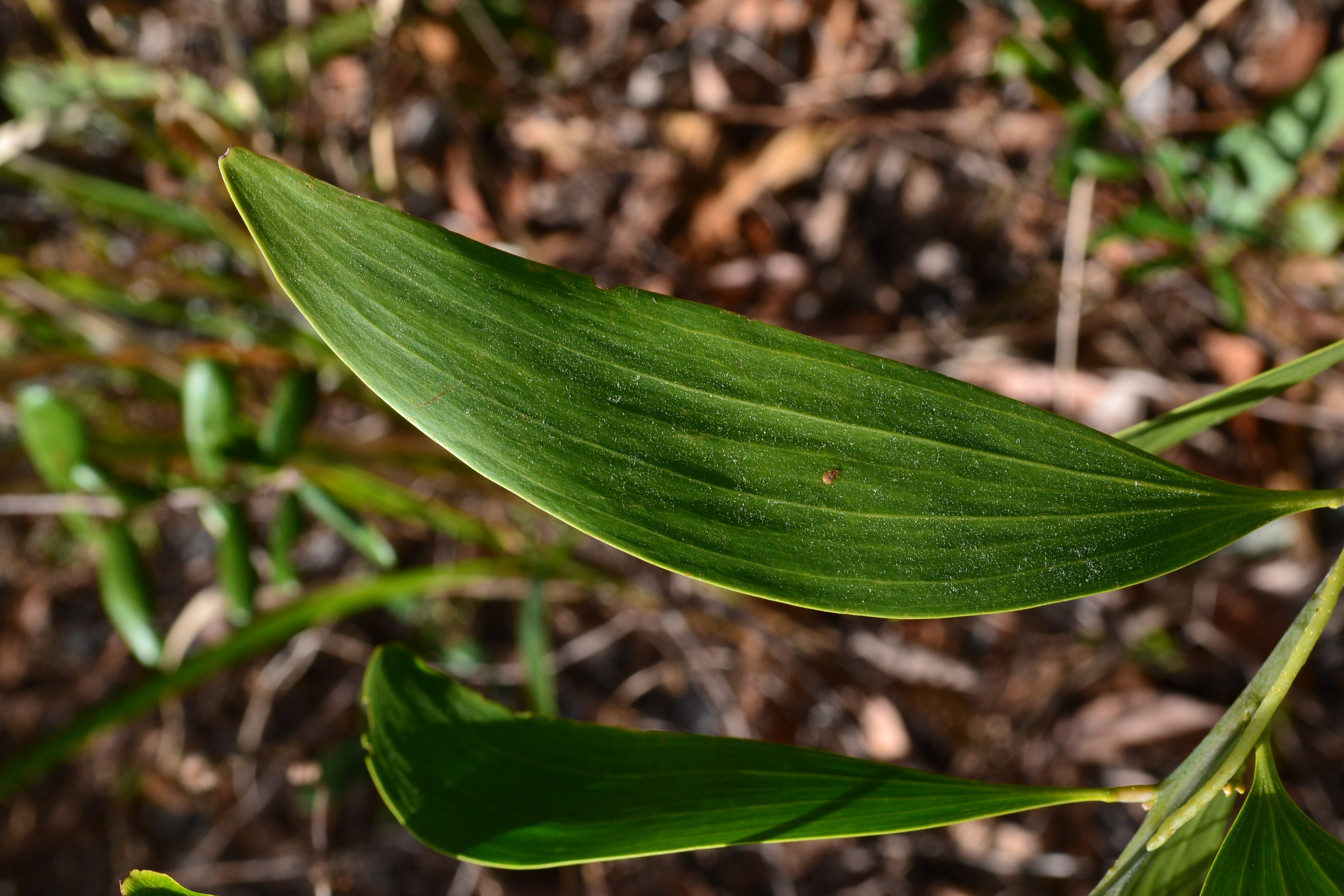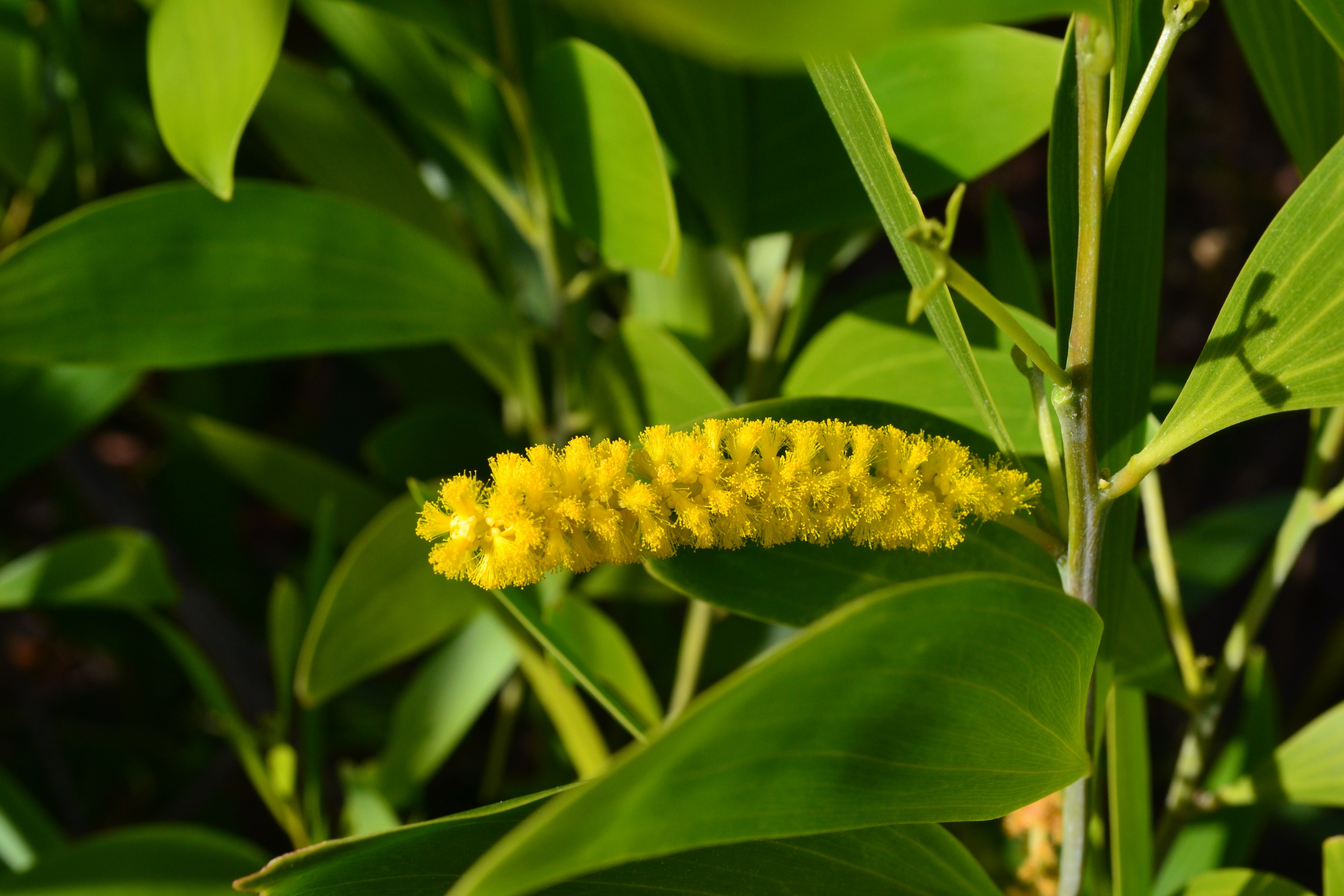Earleaf Acacia
Acacia auriculiformis
Plant Family: Leguminosae
Leaves: Alternate, simple, narrow, often curved, to 15 cm; the veins run parallel to the leaf margins.
Bark: Brown to gray, fairly smooth when young, becoming rough and lightly fissured on older trees.
Flowers: Bright yellow, individually small but held on spikes up to 8 cm long that arise from the leaf axils in late winter to spring.
Fruits: A flattened, twisted, dark brown pod, to 8 cm, that holds black seeds; typically seen from summer into fall.
Habitat: This fast-growing, non-native tree is found in a variety of habitats, from sand pine scrub to hammocks; it also tolerates wetland soils.
Growth Form: Small to medium-sized tree with a crooked, gnarled appearance.
Key Features: The distinctive leaf shape, and the yellow spike of flowers, will identify this weedy tree.
Comments: Earleaf Acacia is native to tropical Australia, Indonesia and New Guinea, and it is planted in other tropical countries, primarily for fuel wood and paper pulp, and to recolonize waste sites. It tolerates a wide range of soil pH, and like other legumes, the root nodules fix nitrogen in the soil. It is listed as a Class I invasive species in Florida.


